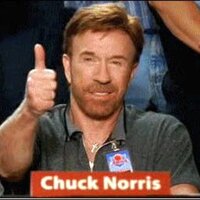Rollie Free on his way to a world record 150 mph in 1948
To protect himself and allow comfort when in such a position, Free had developed special protective clothing. However, when his leathers tore from early runs at 147 mph (237 km/h), he discarded them and made a final attempt without a jacket, pants, gloves, boots, or helmet. Free lay flat on the motorcycle wearing only a bathing suit, a shower cap, and a pair of borrowed sneakers – inspired by his friend Ed Kretz. This resulted not only in the record, but also produced one of the most famous photographs in motorcycling history, the "bathing suit bike." The photo was taken from a speeding car driven parallel to his run on the Bonneville Salt Flats
He joined the Army Air Force as an aircraft maintenance officer during the Second World War; during this time, he was stationed at Hill Field in Utah, where he first saw the Bonneville Salt Flats. In 1945, Free left the Air Force and resumed racing on Indian motorcycles in long-distance and sprint record attempts, as well as dirt track racing on Triumphs.

To protect himself and allow comfort when in such a position, Free had developed special protective clothing. However, when his leathers tore from early runs at 147 mph (237 km/h), he discarded them and made a final attempt without a jacket, pants, gloves, boots, or helmet. Free lay flat on the motorcycle wearing only a bathing suit, a shower cap, and a pair of borrowed sneakers – inspired by his friend Ed Kretz. This resulted not only in the record, but also produced one of the most famous photographs in motorcycling history, the "bathing suit bike." The photo was taken from a speeding car driven parallel to his run on the Bonneville Salt Flats
He joined the Army Air Force as an aircraft maintenance officer during the Second World War; during this time, he was stationed at Hill Field in Utah, where he first saw the Bonneville Salt Flats. In 1945, Free left the Air Force and resumed racing on Indian motorcycles in long-distance and sprint record attempts, as well as dirt track racing on Triumphs.

 65 years before it was revived on the net
65 years before it was revived on the net





